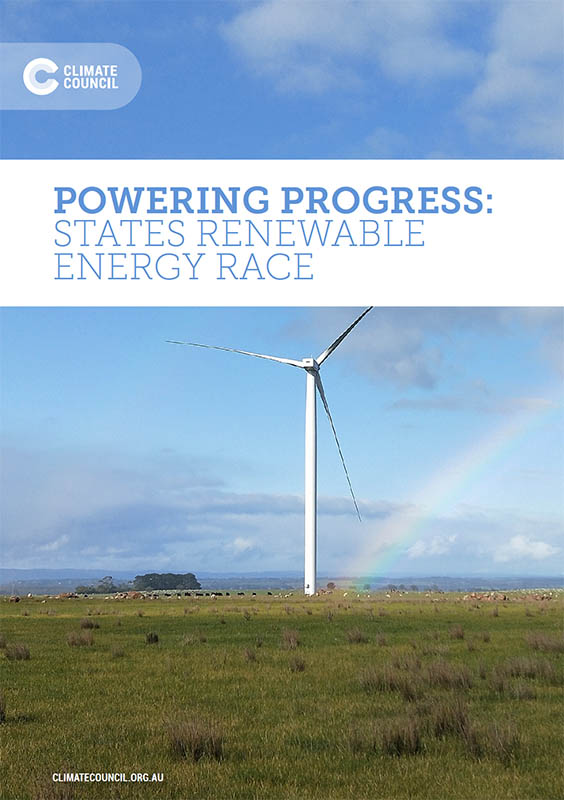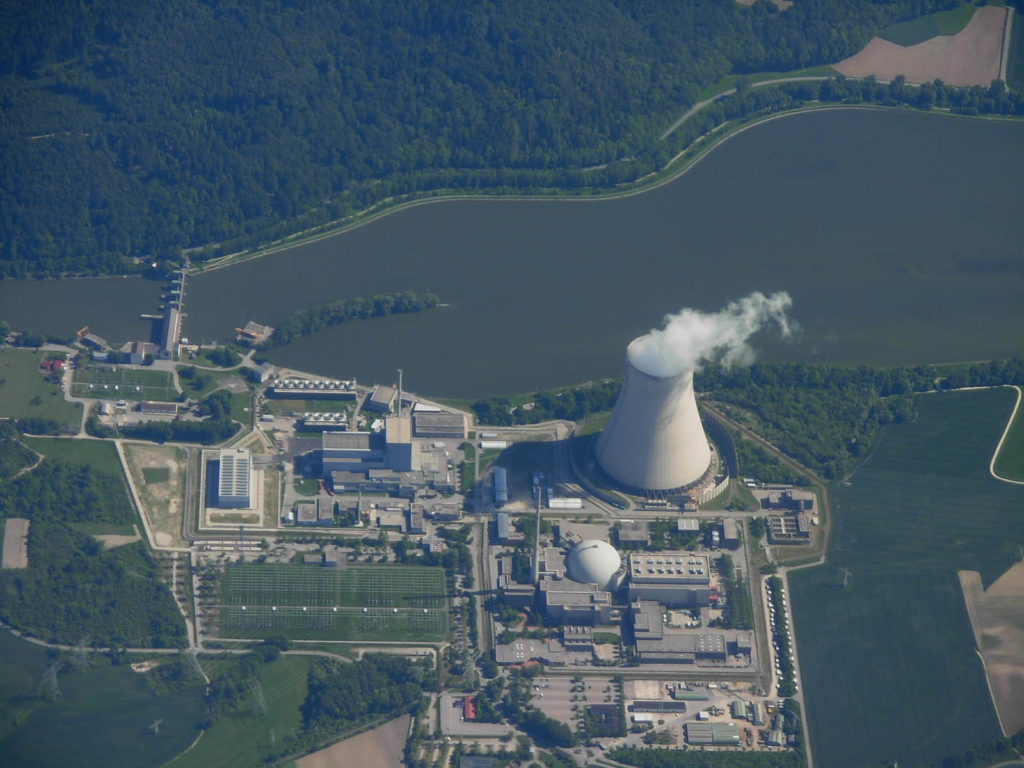The renewable energy boom is accelerating in Australia, and across the world. State and territory governments are leading Australia’s electricity transition from fossil fuels to renewable energy and storage.
Powering Progress: States Renewable Energy Race rates states and territories based on their performance across a range of metrics. These include each state’s percentage of renewable electricity, the proportion of households with solar and policies that support renewable energy.
Tasmania, ACT and SA are equal winners of this year’s renewables race. WA and the NT are lagging at the back of the pack.
- The Climate Council’s 2018 renewable energy scorecard finds Tasmania, the Australian Capital Territory (ACT) and South Australia are leading the other states and territories across a range of renewable energy measures – based on each state’s proportion of renewable energy, wind and solar capacity per capita, proportion of households with solar, and renewable energy targets and policies.
- Western Australia, the Northern Territory and New South Wales are lagging behind the other states and territories. Western Australia’s share of renewable energy is low, however the state has the third highest proportion of households with rooftop solar. The Northern Territory has a low share of renewable electricity and solar households, but is set to implement its plan to reach 50% renewable energy by 2030. New South Wales does not have a renewable energy target and has no plan to replace its ageing and unreliable coal power stations.
States and territories continue to lead the way on renewable energy in the ongoing absence of credible national climate policy.
- Australia is already experiencing the devastating impacts of climate change, such as worsening extreme weather events. To effectively tackle climate change we must accelerate the transition to renewables and storage technologies.
- With the exception of Western Australia, all states and territories have committed to renewable energy targets and/or net zero emissions targets.
- Tasmania, the ACT and South Australia have the highest proportion of renewable electricity.
- South Australia continues to have the largest amount of installed wind and solar capacity (1,831MW), closely followed by New South Wales (1,759MW) and Victoria (1,634MW). On a per capita basis, South Australia, the ACT and Tasmania are the leaders.
- Queensland and South Australia have the highest proportion of households with rooftop solar, at 32.9% and 32.3% respectively. Western Australia is in third place with 26.7% of households with rooftop solar.
Queensland has more renewable energy projects under construction than any other state.
- Almost 10,000 jobs are being created in the renewable energy industry across Australia with 69 wind and solar plants under construction.
- Queensland, Victoria and New South Wales are home to the vast majority of these projects.
- Queensland and Victoria have ambitious renewable energy targets and policies to increase the amount of renewable energy.
- South Australia has at least eight new projects under construction and is on track for 73% renewable electricity in just two years.
More solar PV capacity was added around the world than coal, gas and nuclear combined.
- Almost three-quarters of new energy generation capacity added globally was renewable in 2017.
- Electricity generation from coal and gas fell for the fifth consecutive year.
- Approximately 17 countries generated more than 90% of their electricity with renewable energy in 2017. Australia was not one of them.
Click here to download the report













